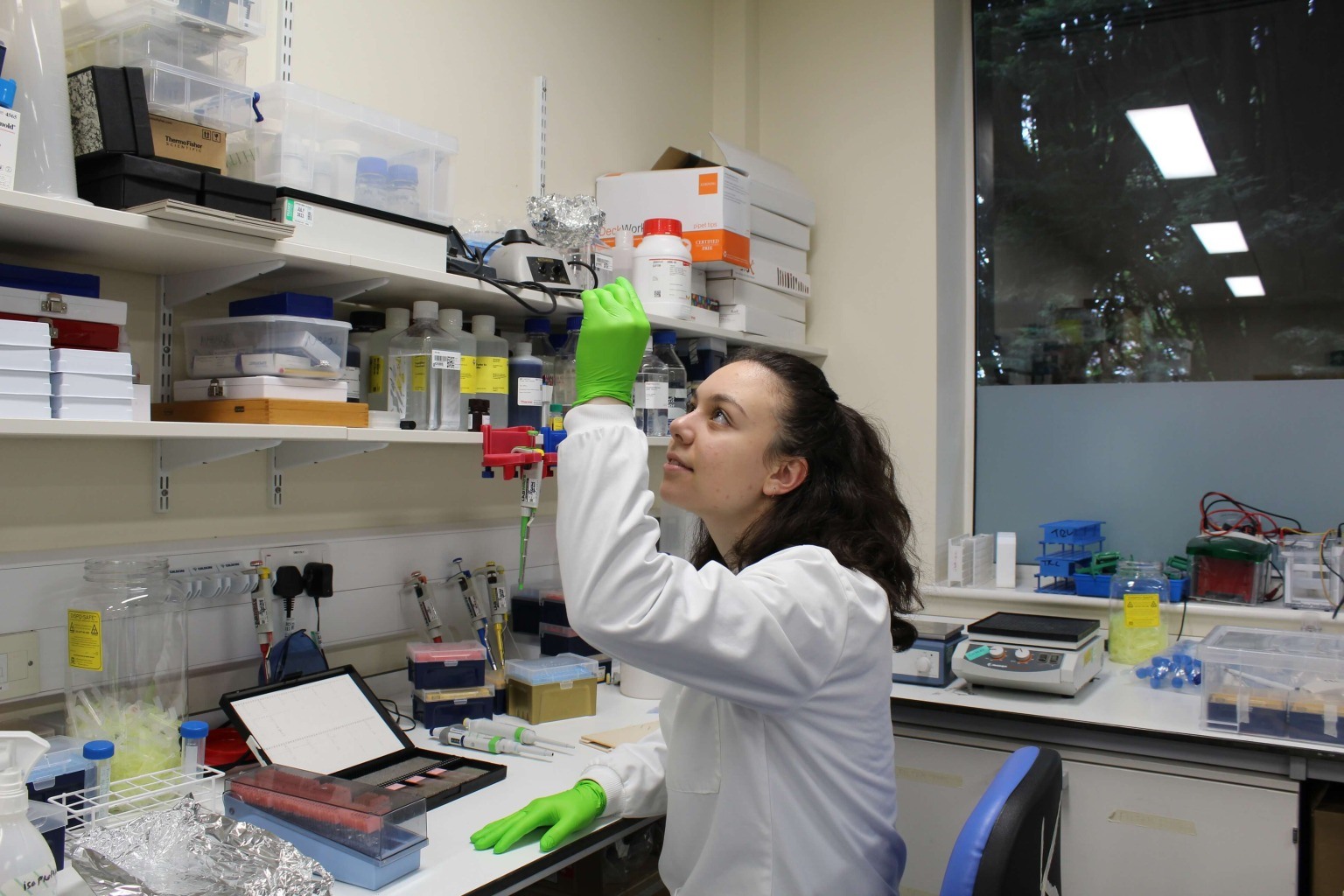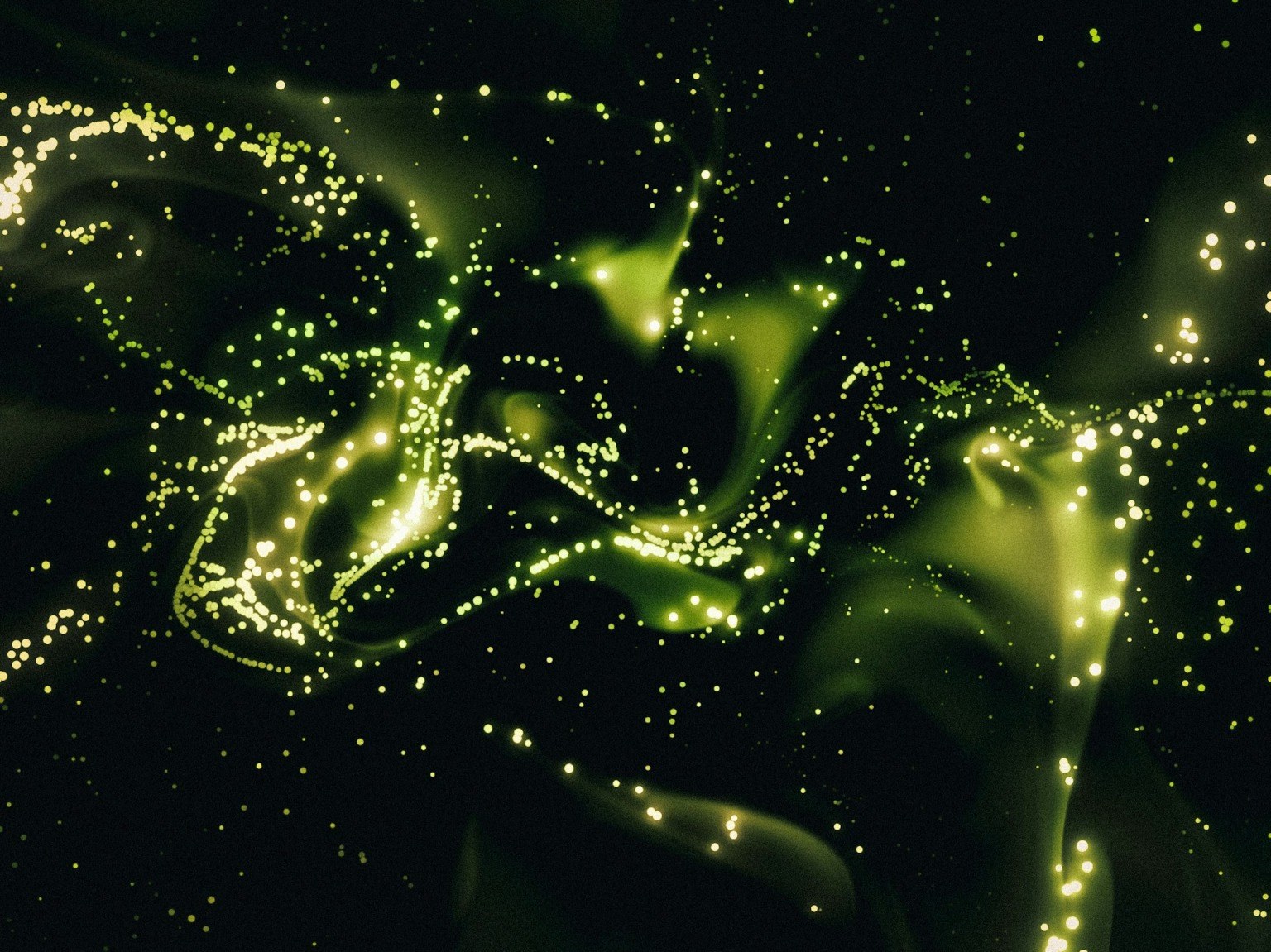

I’ll take you to the movies. Wanna watch the molecules? You might have heard of particle accelerators for many different reasons until now, but not really for enabling the filming of molecular movies, right?
Well, there is a vast number of applications of particle accelerators, and one of them is precisely that: capturing “molecules in action” to probe the dynamics of proteins, for instance. By understanding the structure and dynamics of proteins, we can better understand their biological functions and how nature works on its smaller scales. This can enhance our understanding of how a drug molecule reacts with proteins or what happens to plant proteins when they interact with light and it finds applications in drug design, renewable energy strategies, etc.
Particle accelerators are large devices that speed up charged particles like electrons or protons. The most famous one, the Large Hadron Collider (LHC) at CERN, collides particle beams to explore the origins of the universe. However, a more common type is the x-ray Free-Electron Laser (XFEL), which accelerates electrons to generate x-ray pulses. These pulses allow scientists to “see” tiny objects like molecules, capturing snapshots of them in action.
Until a few years ago, we could only study molecules with static snapshots, missing out on dynamic processes. This information is precious, however, it only tells part of their story. For example, seeing just two photos of a surfer—one getting ready to ride a wave and another one swimming away from the wave—only gives partial information, and we can't know what happened in between. To understand the full story, we need to see frames showing the action in between. Similarly, static snapshots of molecules don’t reveal the entire dynamic process.
How have XFELs helped us overcome this issue? Two aspects have been proven critical. To capture molecules in action, we need a shutter speed of a femtosecond (a quadrillionth of a second or 0.000000000000001 seconds). In this case, the shutter speed is the length of the x-ray pulse, which must be as short as a femtosecond. Second, we need multiple snapshots during the process, which lasts from a billionth to several thousandths of a second. Quick bursts of x-ray pulses within this duration can take these snapshots. By combining these high-resolution images, just like putting together frames into a video, we create a video of the dynamic process. Now that we have all the tools and knowledge, let’s direct the whole molecular movie:
- Let’s say we have a molecule that is sensitive to light but we do not really know what happens when it interacts with it.
- An interesting movie always needs action. For this reason, we want to “provoke” our molecule- a well-predicted and highly controllable way to do this is by shining laser light on it to get things started.
- Right after the provocation, we want to take the first snapshot with great resolution. This is where the ultra-short x-ray pulse comes in, penetrates the molecule, and takes a snapshot.
- One snapshot is not going to tell us what is really going on, so we need more snapshots. Because of this, bursts of x-ray pulses are generated by the XFEL and continue making very fast snapshots.
- Scientists then stitch these together to create a detailed movie of the molecule's behavior. Voilà!
Understanding in detail the structure and reactions of molecules can give scientists a great advantage in understanding life. At the moment, there exist very few XFELs in the world that can provide the right type of light (x-rays) to “see” the ultra-small molecules and the right shutter speed (~femtosecond) to record the ultra-fast processes and create these movies, two of them being LCLS in California and European XFEL in Germany.
As more and more scientists get access to these innovative tools I am excited to see what this new dynamic view of the tiniest parts of our world holds for our future. What about you?
Sources:
[1] What is a molecular movie?
[2] Time-resolved serial femtosecond crystallography at the European XFEL


